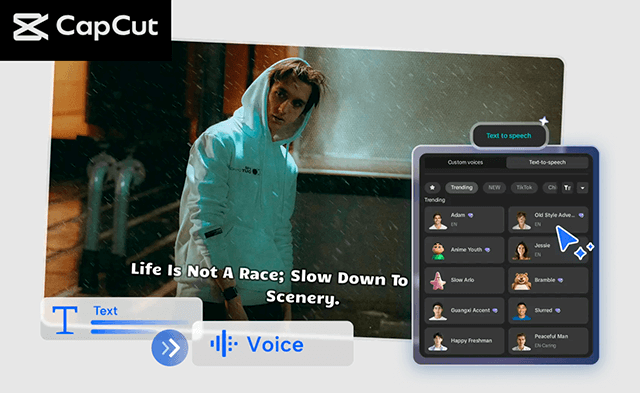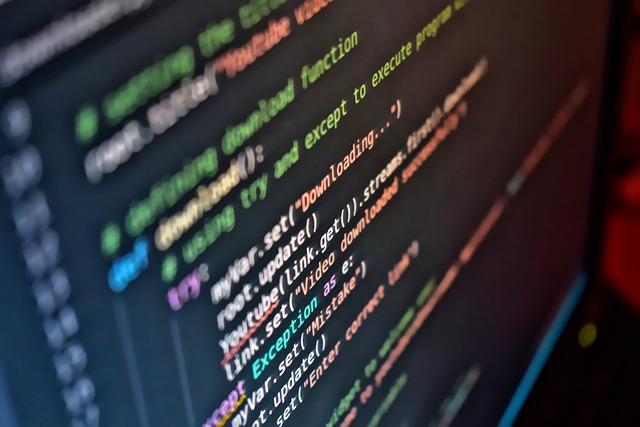The Power of Decentralized Applications (DApps) in the Digital Modern World

Decentralized applications (DApps) have revolutionized the digital landscape, offering a new paradigm for developing and utilizing software applications. Decentralized applications (DApps) have emerged as a game-changer in the digital landscape, revolutionizing the way we interact with software applications. In this article, we will delve into the concept of DApps, their architecture, key components, and their potential use cases across various industries.
See Also : Exploring NFT Marketplace Platforms: Unlocking the Potential of Digital Assets Great

Understanding Decentralized Applications
Decentralized applications, or DApps, represent a paradigm shift in software development, offering a decentralized, transparent, and secure alternative to traditional applications. This section defines DApps and highlights their advantages, including eliminating intermediaries, enhancing data privacy, and fostering trust among users. Moreover, it emphasizes the significant impact of DApps across industries, such as finance, supply chain management, and social media. Decentralized applications, or DApps, are software applications built on blockchain technology that operate without a central authority. Unlike traditional applications, DApps leverage the principles of decentralization, immutability, and transparency. They empower users by eliminating intermediaries and enabling direct peer-to-peer interactions.
The Architecture of Decentralized Applications
DApps rely on a combination of blockchain technology, smart contracts, and peer-to-peer (P2P) networks. Blockchain serves as the underlying infrastructure, providing a secure and transparent ledger to record and verify transactions. Smart contracts automate the execution of agreements, enabling trust and reducing the need for intermediaries. P2P networks facilitate direct communication and data exchange between participants, fostering decentralization.
Key Components of Decentralized Applications
a. User Interface (UI): DApps feature intuitive and user-friendly interfaces, ensuring a seamless experience for users. The UI design focuses on enhancing accessibility and providing a familiar environment for individuals.
b. Data Storage and Management: DApps utilize distributed data storage, where information is stored across multiple nodes, ensuring redundancy and increased resilience. Data security and privacy are prioritized, leveraging encryption techniques to protect sensitive information.
c. Tokenization and Cryptocurrency Integration: DApps often employ tokens as a medium of exchange within their ecosystems. Tokens can represent various assets or functionalities, providing incentives and enabling economic interactions within the application.
Use Cases of Decentralized Applications
a. Finance and Banking: DApps have disrupted the financial industry, enabling decentralized exchanges that facilitate peer-to-peer trading of cryptocurrencies. Additionally, they empower individuals through peer-to-peer lending platforms, eliminating intermediaries and lowering costs.
b. Supply Chain Management: DApps bring transparency and traceability to supply chains by leveraging blockchain’s immutable ledger. This ensures the authenticity and provenance of products, preventing counterfeiting and enhancing consumer trust.
c. Social Media and Content Sharing: DApps offer alternatives to traditional social media platforms, empowering users to own and monetize their data. Decentralized social networks prioritize user privacy and provide incentives for content creators.
Challenges and Future of Decentralized Applications
While DApps have immense potential, they also face challenges. Scalability and performance issues need to be addressed to accommodate a larger user base. Regulatory and legal challenges must be navigated to ensure compliance without stifling innovation. Interoperability among DApps and different blockchains remains a hurdle that needs to be overcome. Despite these challenges, the future of DApps looks promising, with advancements in technology and increased adoption paving the way for new possibilities.
Core Concepts of Decentralized Applications
a. Blockchain Technology: Blockchain forms the foundation of DApps, ensuring transparency, immutability, and decentralization. This subsection provides an overview of blockchain technology and its role in facilitating secure and trustless transactions within DApps. Additionally, it explores the benefits of blockchain, such as enhanced security, transparency, and reduced costs.
b. Smart Contracts: Smart contracts, self-executing agreements stored on the blockchain, play a pivotal role in DApps. This section explains the concept of smart contracts, highlighting their significance in automating processes, eliminating intermediaries, and ensuring tamper-proof execution. It also presents various use cases of smart contracts in DApps, including financial transactions, supply chain management, and decentralized governance.
c. Peer-to-Peer Networks: Peer-to-peer (P2P) networks enable direct communication and data exchange between users without relying on a central authority. This subsection delves into the importance of P2P networks in DApps, emphasizing their role in fostering decentralization, enhancing privacy, and improving network resilience.
Conclusion Decentralized Applications
decentralized applications (DApps) represent a transformative force in the digital era, revolutionizing industries and empowering users with greater control, transparency, and security. Decentralized applications are transforming the digital landscape, offering a more inclusive, transparent, and user-centric approach to software development. As blockchain technology continues to evolve, the potential applications of DApps across industries are vast. Whether it’s revolutionizing finance, enhancing supply chain management, or empowering individuals in social media, DApps are reshaping the way we interact with software. Developers and users alike have a role to play in harnessing the power of DApps, driving innovation and creating a more decentralized future. Embracing this technology opens up exciting possibilities and unlocks new avenues for collaboration and growth.
And for those of you who want to grow your Instagram account, you can directly use our service free instagram followers and you can like your post on instagram with Free instagram likes







